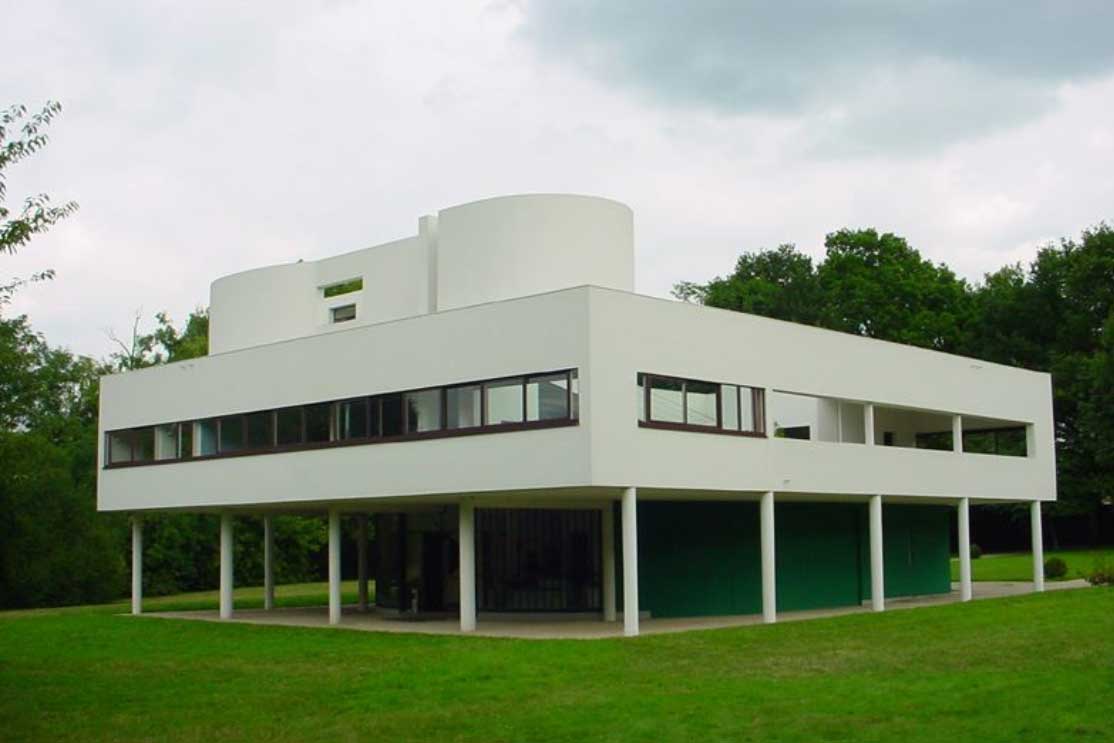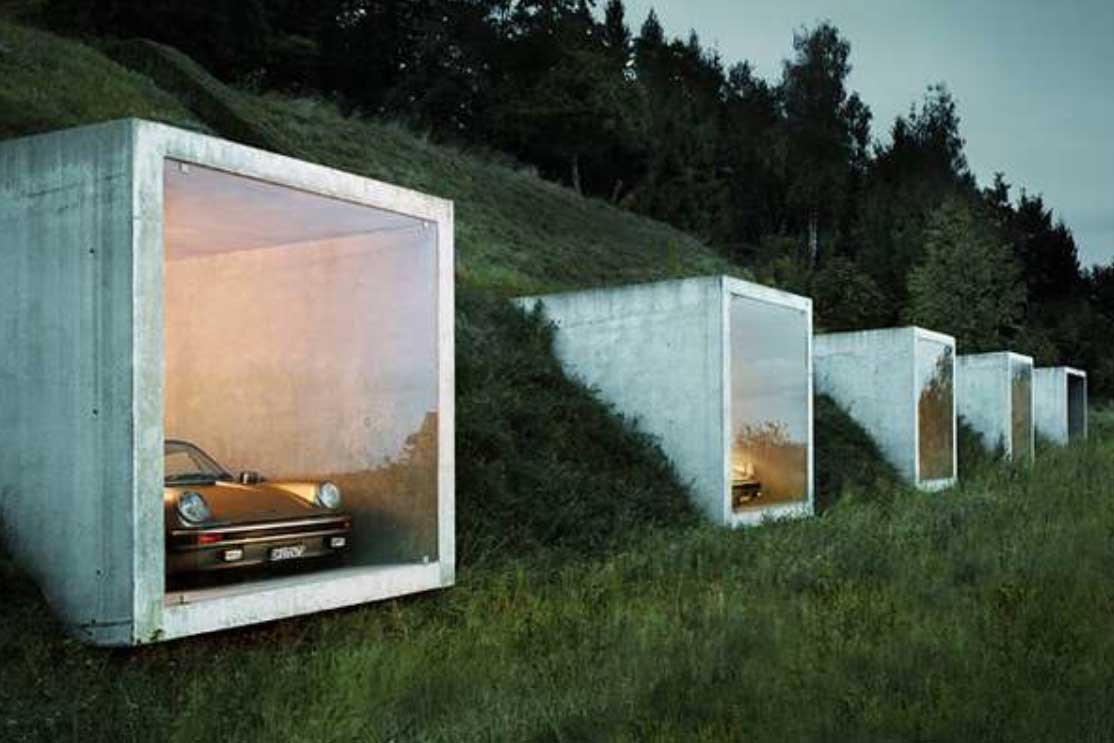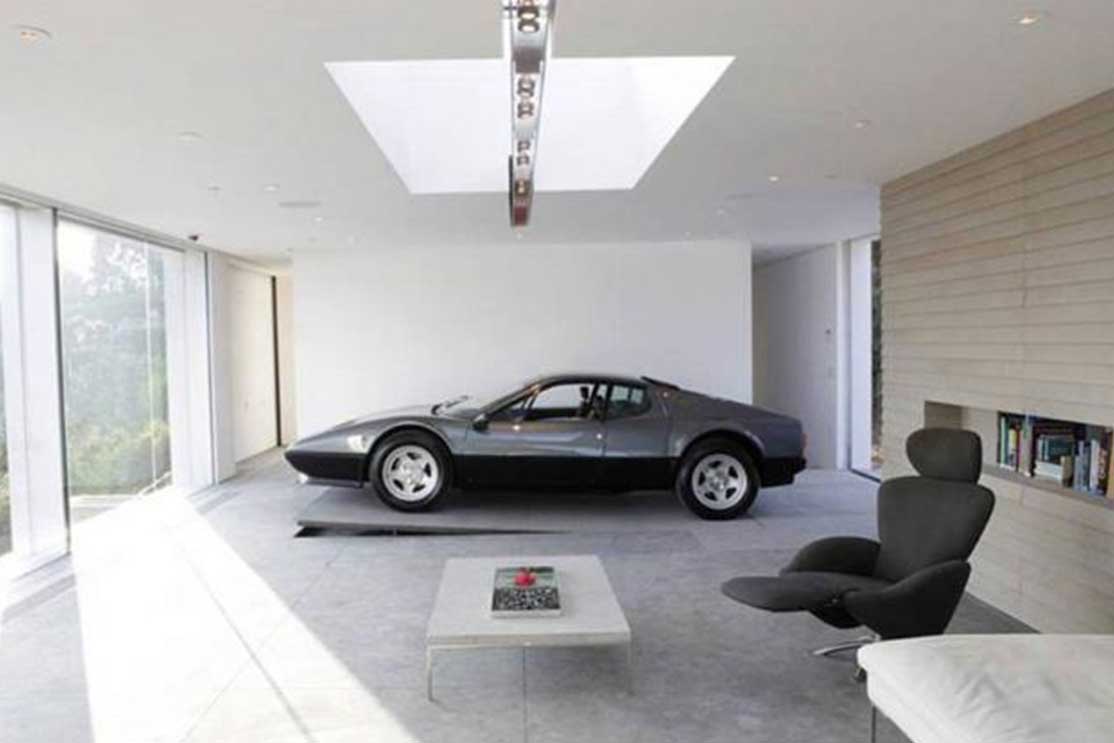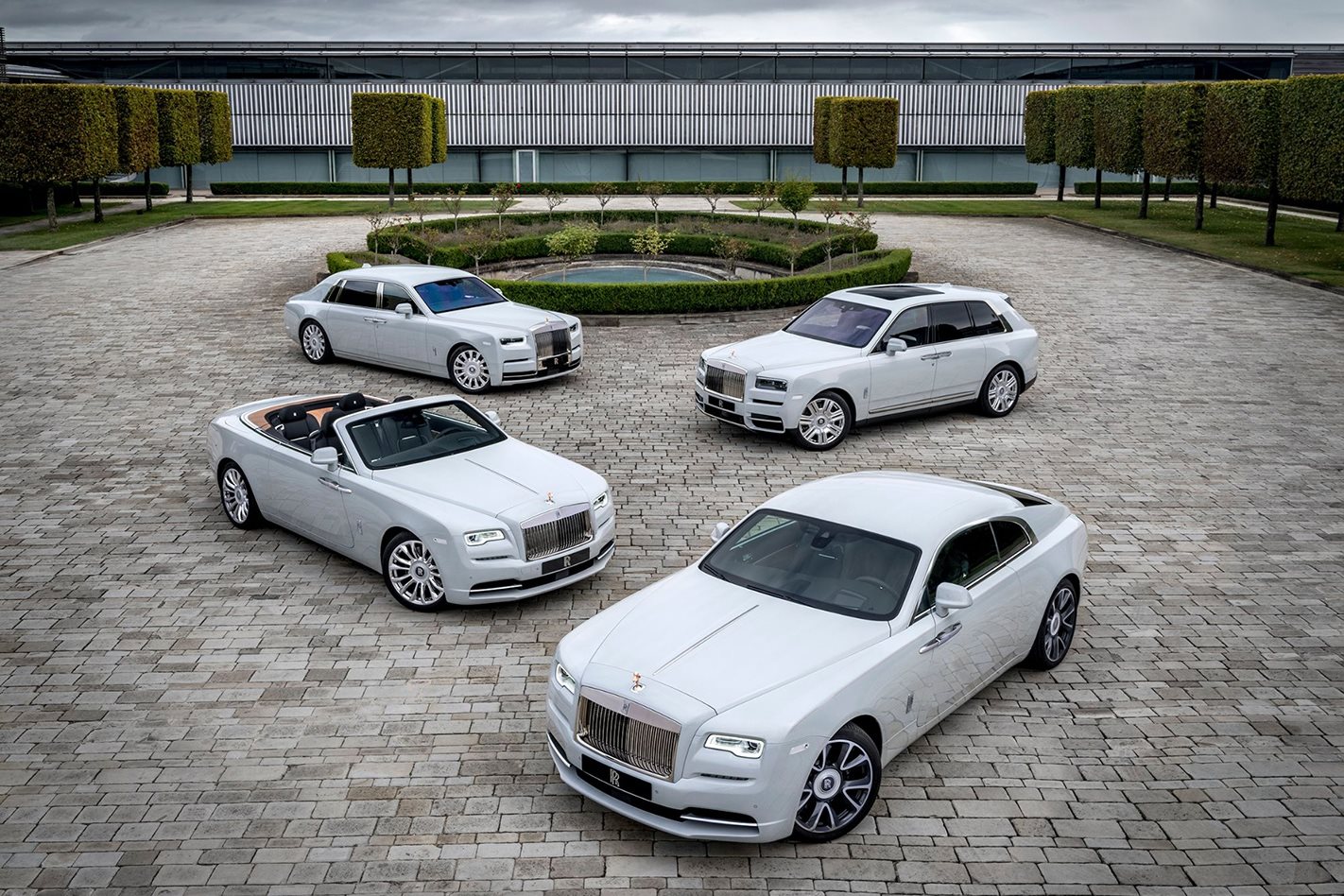
Just like the car, a good carport is equal parts function and design – it covers and protects the car, and keeps occupants dry when entering and exiting, but should also look compelling and appealing.
Derived from the French term porte-cochere, a covered entry, the carport is more permanent than a shade, yet less bunker-like than a garage and as early 20th-century architect Frank Lloyd Wright commented: “A car is not a horse, and it doesn’t need a barn.”
Some early modern homes were equipped with adjacent roofs and posted gable structures to house the domestic vehicle, but it wasn’t until Le Corbusier designed the iconic Villa Savoye in 1929 that housing the car became central to the design of a home. Corbusier designed the semicircular driveway that defined the supporting base and entry to the house around the exact turning circle of a 1927 Citroën. He even insisted his car was in the photoshoot because to him, house and car alike were machines for living.

Fast forward around 80 years and designers are using technology and nous to plant celebrated cars right in the middle of our living machines. The Telly Tubbies would be right at home in Swiss architect Peter Kunz’s rolling green hills set with square windows. Kunz turned an underground concrete garage into a self-curated public car gallery with car-sized concrete window boxes popping through a hillside in Herden, Switzerland.

If you own the land but you don’t want to dig, no worries – get a GazeBox! A bit like the classic Guzzini acrylic icebox but supersized, this Italian design is more robust than the tent-like Carcoon, although possibly a bit 1980s for some. Great if your car looks good through tinted shades:
On a tight 185 square-metre lot in Tokyo, Japanese studio No 555 Architectural Design Office has created a pretty special private car park. A nine-car garage at the lowest level can be hidden from the living room above via a polished timber floor or showcased when the timber slides off to reveal a glass floor. For parties, the chosen car can be elevated into the living area on its own platform and become part of the entertainment.

Sometimes, one beautiful car is enough. Holger Schubert lives in LA and spends much of his time in his “art gallery garage” designed to “honour and celebrate the car”. While you drive in at street level, the land drops away, leaving gallery and car protruding over a precipice, the wide roll of Los Angeles spread before it. In a nod to function, it includes a tilting ramp so the car can be rolled out without starting the engine. How’s the serenity!

Electric cars are bringing renewed interest in carports that go beyond simple protection and display. Electric cars can be charged with solar; solar panels can provide shelter – suddenly, the multi-tasking carport is a design thing. Witness the beautiful carbon fibre and bamboo Solarport concept from BMW Designworks USA. Designer Tom Allemann describes it as “an entirely new generation of carports that allows energy to be produced in a simple and transparent way [with] lightweight design [that’s] both visible and palpable”. What he means is that BMW is working with Californian company Phatenergy to use solar panels where the wiring is hidden in the frames and the panels themselves are translucent, allowing light in while they generate electricity.
Our near future will contain electric cars that function as portable batteries, storing power not only for transport but also for our living spaces. This will be the next major rethink of the car/house interface. When the vehicle literally holds the power, even non-enthusiasts may welcome cars into the hearts of their homes.



